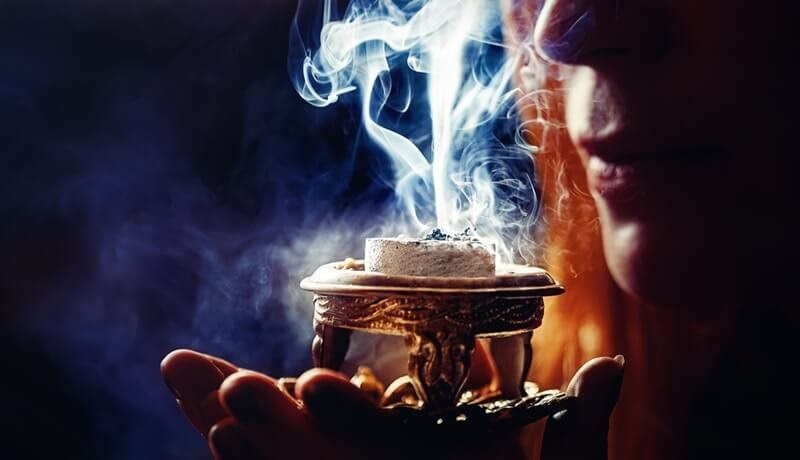
The healer archetype is an archetype that is scarring and ageless in every aspect that could be found throughout the ancient myths, spiritual teachings of the ages, and modern life, health, and wellness. It is the person who heals, enables, and lifts others in love, wisdom, and, in most cases, by individual pain. The healer is found in the form of the wounded warriors of folklore, shamans, saints, doctors, and as a therapist, where the healer is ever present and of the same basic need to help others to heal at an emotional, physical, and spiritual level. This character remains an inspirational figure to those who need to go through recovery, transformation, and development. In this blog post, we are going to explore the source of the healer archetype, how it manifests across cultures, and how it continues its influence into the current healer practices.
The healer archetype portrays someone who is a healer, giving a physical, emotional, or spiritual remedy to others. However, this healing figure is not only related to the aspect of medicine, but also to wisdom, compassion, and transformation.
Healer type is commonly found as a wise, patient, nurturing type of person. They are more often than not patient, highly empathetic, and driven by the wish to alleviate discomfort. They are not necessarily the most powerful because of some outside talent; there are usually issues of being able to relate and feel pain.
Carl Jung, a famous Swiss psychologist, spoke about the wounded healer archetype. He believed that a person who has suffered can best understand and heal others. A therapist, for example, may be effective because they have experienced emotional pain themselves.
The healer archetype metaphor helps us understand that healing is not always about curing. It’s often about holding space for others, allowing them to express their pain, and offering support without judgment. The metaphor healer archetype shows us that healing can be quiet and internal—not just physical.

Many ancient myths speak of healers who were once wounded themselves. Their strength comes from having gone through suffering, making them wise and more compassionate. These stories highlight the belief that personal pain can open the door to deeper empathy. By overcoming their struggles, these healers gain the ability to guide others through similar challenges.
One of the most well-known myths is that of Chiron, a centaur from Greek mythology. He was a wise teacher and healer who suffered a wound that could never heal. Despite his pain, he continued to help others. This story perfectly reflects the wounded healer archetype—those who hurt but still heal.
In many tribal societies, shamans are the spiritual healers. Often, they are chosen after a personal crisis or illness. This transformation helps them connect with the spirit world and guide others through pain. Their suffering becomes the source of their healing power.
In Egyptian mythology, Thoth was the god of medicine, writing, and wisdom. He healed through knowledge and balance, showing how healing can be mental and spiritual too. He wasn’t physically wounded, but his understanding of truth made him a powerful healer.
Spiritual traditions often celebrate healers—whether they are saints, monks, or prophets—who help others while enduring personal trials.
In Christianity, Jesus Christ is often viewed as a wounded healer archetype. He suffered greatly but offered forgiveness and healing to others. His wounds are seen as a path to salvation for humanity.
The Buddha went through suffering in his early life before achieving enlightenment. He then spent his life teaching others how to overcome pain through mindfulness and compassion. He symbolizes the inner journey of a healer.
In Islamic Sufi traditions, mystics believe the heart must be broken to let divine love in. This idea connects deeply with the metaphorical healer archetype—pain breaks open the heart, which becomes a source of love and healing.
Today, the healer archetype lives on in the wellness world. From therapists and doctors to coaches and spiritual guides, the archetype is everywhere.
Many mental health professionals relate to the wounded healer archetype. Their own emotional experiences often guide them in helping clients. This personal insight builds trust and empathy.
Reiki practitioners, energy workers, and wellness coaches often embody the healer archetype metaphor. Their approach is not just to fix problems, but to guide others toward self-healing and awareness.
Yoga and meditation teachers also carry the healer role. Through breathwork, movement, and stillness, they offer healing spaces. Their practice often comes from a place of personal healing.
While the healer role is inspiring, it comes with emotional and spiritual challenges. Understanding these can help us respect the journey of healers.
Healers often feel others’ pain deeply. Without self-care, they may become drained or emotionally numb. This is a reminder that even those who help need support too.
Jung believed that every archetype has a shadow. For healers, this may include a desire to control others or a fear of confronting their pain. Recognizing this shadow is key to becoming a truly balanced healer.
The wounded healer archetype also teaches that it’s okay for healers to need healing. Often, they resist receiving help. But embracing vulnerability makes them stronger.
You don’t have to be a doctor or therapist to connect with the healer archetype. Everyone has a healer inside them, waiting to awaken through compassion.
Listening without judging, supporting someone in tough times, or simply showing kindness—these are acts of a healer. Every day, compassion is healing, too.
To help others, you must begin with yourself. The wounded healer archetype reminds us that our wounds are not weaknesses—they are lessons. Healing yourself makes you more able to help others.
One way to tap into the healer archetype metaphor is through self-reflection. Journaling your struggles and growth helps you understand your inner healer and guide others more mindfully.
The healer is an eternal typology. It does not matter whether it is an archaic myth or a contemporary therapist, the healer will still lead, comfort, and reshape lives. They are not super strong-but authentic, imperfect, and true to themselves, and this makes them strong. Through the meaning of the wounded healer archetype, we come to realize that our suffering can be the source of meaning. This archetype or metaphor of a healer tells us that being a healer does not only mean being a healer as an occupation; it is a way of life. When you are serving others, that is how I think of healing, and when you are healing yourself, you are the healer who is walking the sacred path.
This content was created by AI